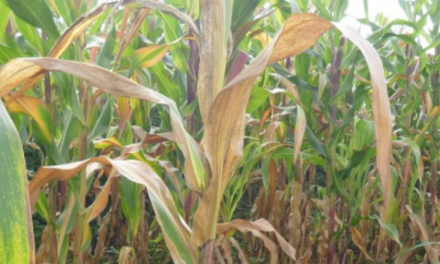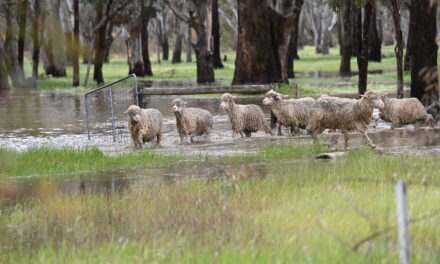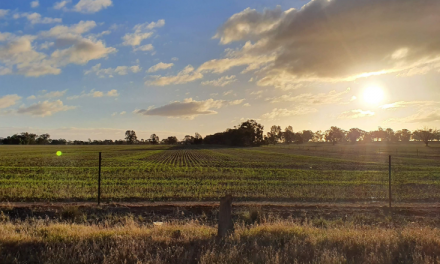The Bureau of Meteorology will today release its 2019 Spring Outlook. This will show most of Australia is likely to experience warmer and drier than average conditions in the coming three months.
The warm and dry outlook for the spring season follows warmer than average winter days for most of Australia, cool nights in many areas, and one of the driest winters on record for large parts of the country.
Bureau head of long-range forecasting Dr Andrew Watkins said the coming three months were unlikely to deliver significant widespread rainfall.
“Unfortunately, the outlook is not indicating an easing of conditions in drought areas.” Dr Watkins said.
“But a drier than average outlook is not an outlook for no rain at all. Significant rainfall events are always possible, so it’s important to keep a close eye on the seven-day forecast.
“Winter was wet in parts of southern Victoria and western Tasmania, as well as central Queensland, but for most areas experiencing long-term rainfall deficiencies there was little relief.”
The outlook for temperature in the coming three months shows most of Australia is likely to see warmer days and nights in the coming three months, with only isolated parts of southern Australia and Tasmania likely to see cooler conditions.
Dr Watkins said a positive Indian Ocean Dipole (IOD) was the main climate driver impacting the outlook.
“A positive IOD means we have cooler than average waters between Australia and Indonesia. This generally means less cloud than normal forms to the northwest of Australia, resulting in less rainfall and higher than average temperatures over central and southeastern Australia during winter and spring.
“El Nino Southern Oscillation (ENSO), the other main driver, remains neutral, meaning it’s having little influence over Australia’s climate right now.”
Dr Watkins said the 2019 Spring Outlook would also see the introduction of a suite of new climate outlooks products, including outlooks at weekly and fortnightly timescales.
“These new outlooks will begin where the seven-day forecast ends, giving an indication of likely temperature and rainfall in the coming weeks.
“This will essentially bridge the gap between our seven-day forecast and the existing monthly and seasonal climate outlooks.
“The outlooks will also be issued more frequently, which will provide the community and climate-sensitive industries with the most up to date information on likely rainfall and temperatures for the coming weeks and months.”
You can access a video explaining how to use the new and improved outlooks here.








